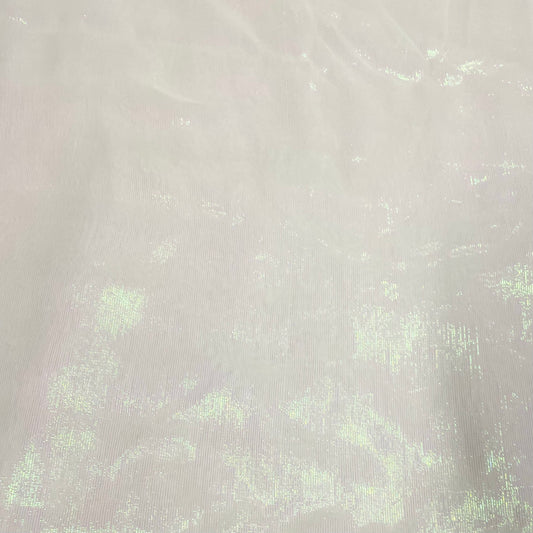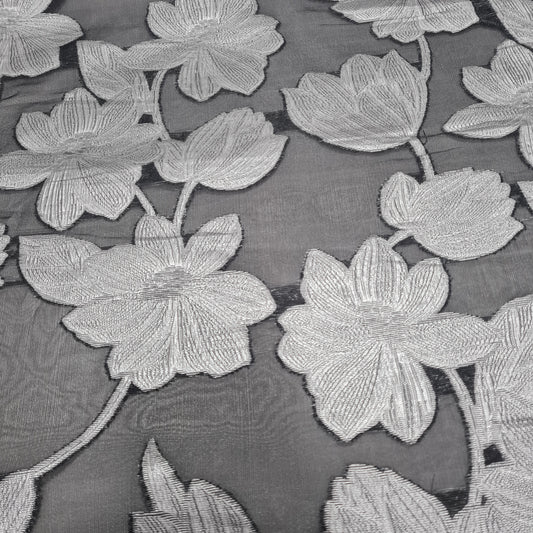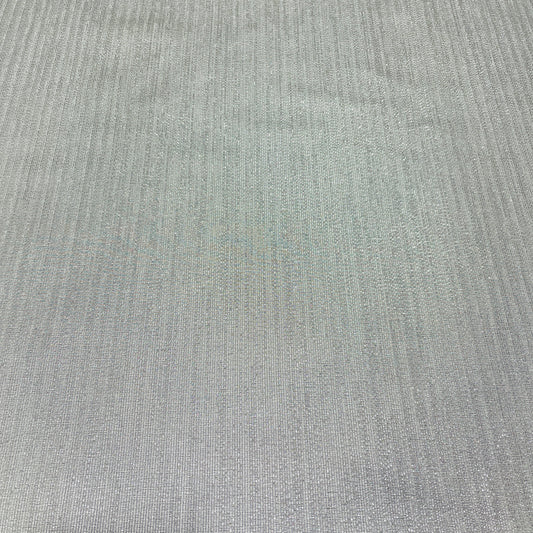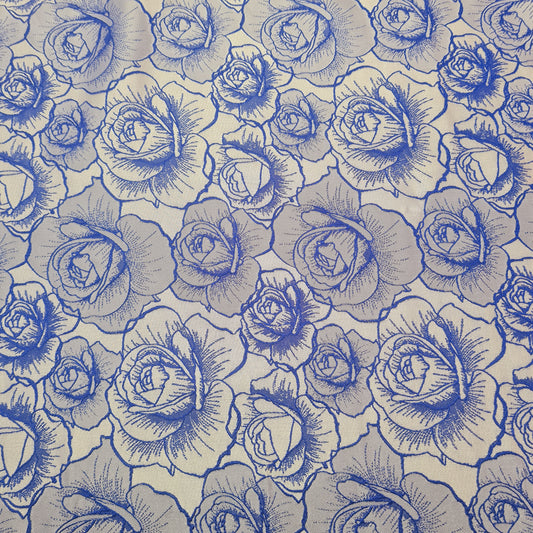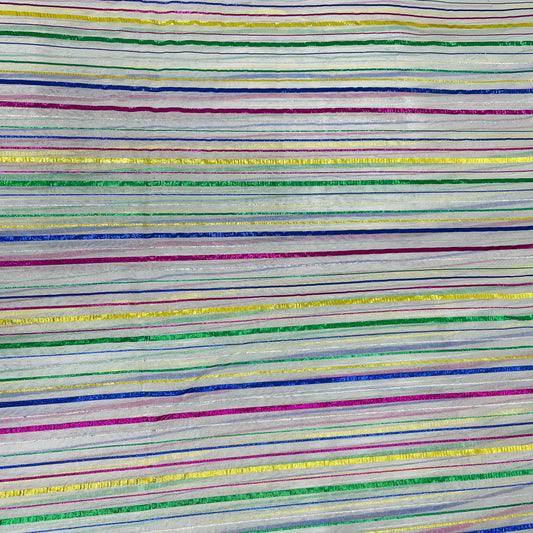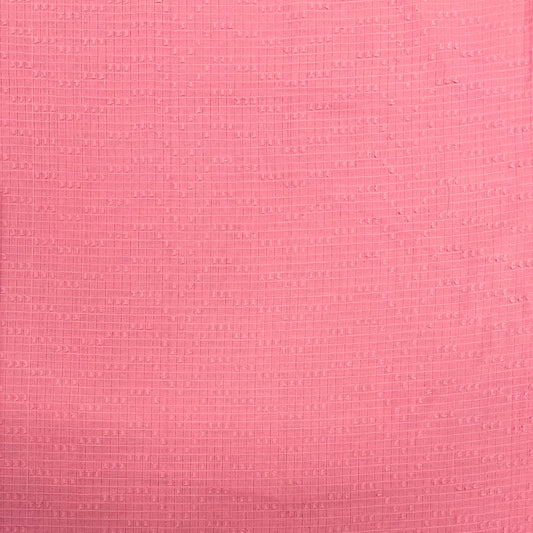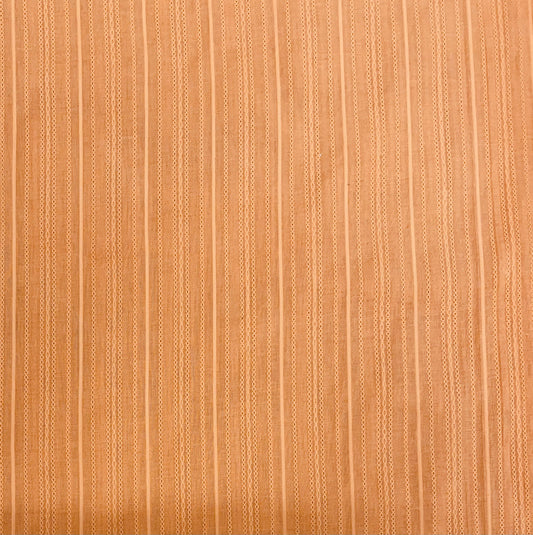Introduction
When it comes to fabrics, the artistry lies not only in the choice of material but also in the intricate textures and designs that adorn them. Two such fabric styles that often captivate with their elegance and complexity are jacquard and brocade. Although they share some similarities, each possesses different characteristics that set them apart. In this article, we delve into the realm of jacquard and brocade, unravelling the differences in texture and design that make them truly remarkable.
Understanding Jacquard Fabrics
Jacquard fabrics owe their name to Joseph-Marie Jacquard, a French weaver and inventor who revolutionized the textile industry in the early 19th century. These fabrics are characterized by intricate patterns and designs that are woven directly into the fabric, rather than being printed or embroidered.

Texture and Weaving Technique
The texture of jacquard fabrics is notably luxurious and substantial. They often feature raised motifs, giving them a three-dimensional quality. The weaving technique used in jacquard involves a Jacquard loom, which utilizes a series of punched cards or electronic controls to weave complex patterns. This allows for intricate designs, including floral motifs, geometric patterns, and even detailed portraits.
Design and Versatility
One of the defining features of jacquard fabrics is their versatility in design. The intricate patterns and designs are limited only by the weaver's creativity. From bold and vibrant designs to delicate and subtle motifs, jacquard fabrics cater to a wide range of preferences and styles. They are commonly used in upholstery, curtains, bedding, and high-end fashion garments.
How to care for Jacquard Fabrics?
Jacquard fabrics are luxurious and intricate, requiring special care to maintain their beauty and longevity.
- Always check the care label for specific instructions. In general, jacquard fabrics should be hand-washed or dry-cleaned to prevent damage to the intricate patterns and raised designs.
- If machine washing is unavoidable, use a gentle cycle with cool water and mild detergent.
- Avoid bleach and harsh chemicals, as they can cause discolouration or deterioration.
- Avoid direct sunlight and high heat while drying, which can fade the colours and distort the fabric.
- Store jacquard items properly, folded or hung, to prevent creasing or crushing the delicate patterns.
Uses of Jacquard Fabrics
Jacquard fabrics are genuinely versatile, lending their intricate beauty to a wide range of applications. In fashion, jacquard patterns adorn everything from elegant dresses and suits to luxurious accessories like scarves and ties. Home decor also benefits from the rich textures and designs of jacquard, gracing upholstery, curtains, and bedding with a touch of luxury.
Jacquard fabrics are also popular for special occasions, like weddings or formal events, where their grandeur shines. Beyond apparel and home furnishings, jacquard patterns can be found in wall hangings and even religious vestments, showcasing this sophisticated weaving technique's intricate artistry and enduring appeal.
Unravelling the Beauty of Brocade Fabrics
Brocade fabrics have a rich history and are renowned for their ornate and lavish appearance. Originating from the Italian word "broccato," meaning embossed cloth, brocade fabrics are synonymous with opulence and grandeur.
Texture and Weaving Technique
The texture of brocade fabrics is characterized by its raised, embossed effect. The patterns and motifs are created by weaving together contrasting threads, resulting in a textured surface that catches the light beautifully. Brocade fabrics are woven on a draw loom, utilizing an elaborate process that involves lifting warp threads manually to create intricate designs.
Design and Elegance
Brocade fabrics are known for their elegant and sophisticated designs. The patterns often feature intricate floral motifs, paisley patterns, or historical scenes. Metallic threads are commonly used to add a touch of luxury and shimmer to the fabric. Brocade fabrics are favoured for special occasions, including wedding dresses, evening gowns, and traditional ceremonial attire.

How to care for Brocade Fabrics?
Brocade fabrics are true works of art, with their intricate patterns and raised designs. Caring for them requires a delicate touch to preserve their beauty.
- Always check the care label, but brocades should generally be hand-washed or dry-cleaned to protect the delicate fibres and prevent damage to the raised patterns.
- If machine washing is necessary, use a gentle cycle with cool water and mild detergent.
- Avoid bleach and harsh chemicals, as they can cause discolouration or deterioration.
- When drying, air-dry or use a low heat setting, as high heat can distort the fabric's texture.
- Store brocade items properly, folded or hung, to prevent creasing or crushing the intricate designs.
Uses of Brocade Fabrics
Brocade fabrics are truly classic examples of luxury and sophistication. Their rich texture and opulent patterns lend themselves to a variety of applications. In the world of fashion, brocades adorn elegant evening gowns, formal suits, and exquisite accessories, adding a touch of grandeur to special occasions.
Home decor also benefits from the gorgeous beauty of brocade, with curtains, upholstery, and even wall hangings showcasing its intricate designs.
Brocade fabrics are also popular for religious vestments and ceremonial attire, reflecting the fabric's rich history and timeless appeal. From high-end fashion to interior design, brocade's intricate patterns and raised textures add a sense of opulence and artistry to any creation.
Differences between Brocade and Jacquard Fabric
Let's check out some of the key differences between Brocade and Jacquard fabric:
|
Aspect |
Jacquard Fabric |
Brocade Fabric |
|
Definition |
A complex woven fabric with patterns or designs created in a Jacquard loom. |
A richly decorative shuttled woven fabric with raised patterns or figures. |
|
Patterns |
Intricate and complex patterns are possible. |
Typically features floral, damask, or geometric patterns. |
|
Weaving Technique |
Jacquard weaving uses a specialised loom with multiple warp threads controlled individually. |
Brocade weaving involves a combination of different coloured warp and weft threads. |
|
Fabric Weight |
It can range from lightweight to heavyweight, depending on the materials used. |
Generally, it is a heavier and thicker fabric with a raised texture. |
|
Materials |
It is commonly made from silk, cotton, linen, or synthetic fibres like polyester. |
Traditionally made from silk, but can also include cotton, rayon, or metallic threads |
|
Uses |
Upholstery, clothing, accessories, and home decor. |
Formal wear, evening gowns, draperies, upholstery |
Conclusion
Jacquard and brocade fabrics stand as testaments to the artistry and craftsmanship of textile production. Their sophisticated designs, textures, and weaving techniques make them highly sought after in the world of fashion and interior design. Whether you prefer the versatility of jacquard or the opulence of brocade, both fabrics have the power to elevate any garment or living space to new heights of elegance and beauty. So, embrace the allure of these magnificent fabrics and let their enchanting textures and designs transform your world.
Frequently Asked Question
1. Which is more expensive, jacquard or brocade?
Ans: Brocade fabrics are generally more expensive than jacquard fabrics. Brocade's intricate patterns and raised designs, often involving metallic or silk threads, make weaving more labour-intensive and costly. While still luxurious, jacquard fabrics can be produced using various materials, making them relatively more affordable.
2. How can I tell if a fabric is jacquard or brocade?
Ans: The key difference lies in the texture. Jacquard fabrics have woven patterns that are flush with the surface, while brocade fabrics have raised, embossed designs that create a three-dimensional effect. Additionally, brocades often incorporate metallic or contrasting coloured threads to accentuate intricate patterns.
3. Are there any alternatives to jacquard and brocade fabrics?
Ans: Yes, several alternatives can provide a similar look and feel. Damask fabrics, with their woven patterns, offer a more affordable option. Embroidered fabrics can mimic the raised designs of brocade. Modern techniques like digital printing and embossing can also create intricate patterns on various fabrics, providing cost-effective alternatives.
 Call Us
Call Us



